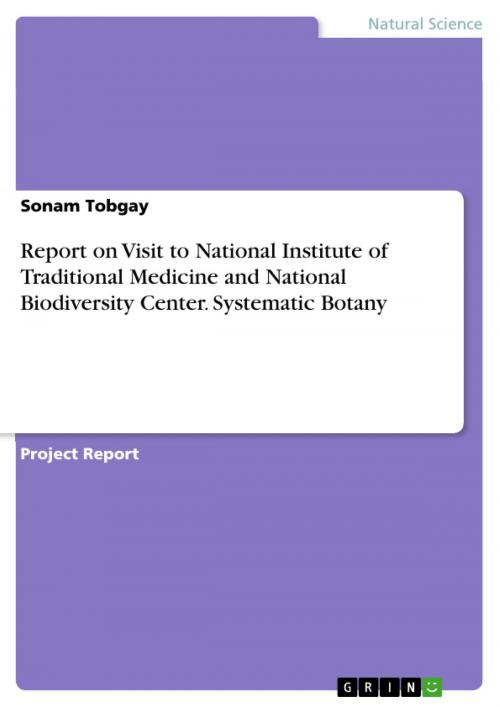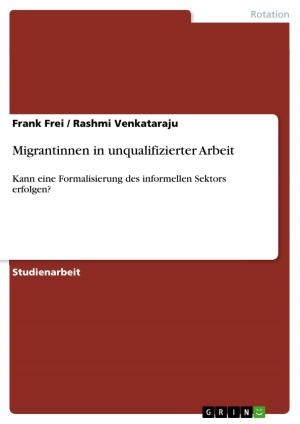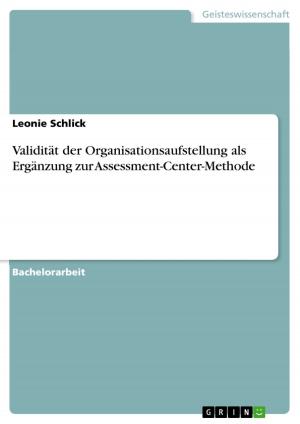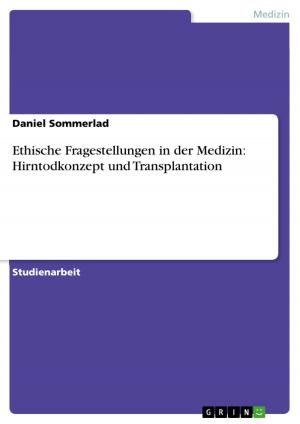Report on Visit to National Institute of Traditional Medicine and National Biodiversity Center. Systematic Botany
Nonfiction, Science & Nature, Science, Biological Sciences, Botany| Author: | Sonam Tobgay | ISBN: | 9783656937678 |
| Publisher: | GRIN Verlag | Publication: | April 9, 2015 |
| Imprint: | GRIN Verlag | Language: | English |
| Author: | Sonam Tobgay |
| ISBN: | 9783656937678 |
| Publisher: | GRIN Verlag |
| Publication: | April 9, 2015 |
| Imprint: | GRIN Verlag |
| Language: | English |
Project Report from the year 2015 in the subject Biology - Botany, grade: 1, , course: Bachelor of Science in Forestry, language: English, abstract: The National Institute of Traditional is located at Kawang Jangsa, Thimphu. It was established in 1971 and upgraded in 1992. Today, the institute functions as a member Faculty of Traditional Medicine under the Khasar Gyalpo University of Medical Sciences of Bhutan. Currently it has Three Units: (1) The Hospital Unit/Indigenous Hospital, (2) Faculty of traditional Medicine or the training Unit and (3) The Pharmaceutical and Research Unit. Bhutan is known as the land of medicinal plants. Bhutan is regarded as one of the ten global hot spots in terms of biodiversity and environmental conservation. Apart from its rich biodiversity and natural resources, there are some endanger flora and fauna. The Bhutan Landscape habitats more than 600 medicinal plants identified, and at least 300 of these are commonly used by local practitioners in the country for preparing local medicines. Productions in the past, all traditional medicines were produced manually. Small scale mechanized production started only in 1982 with support from World Health Organization but local healer has been practicing from centuries and yet still exists. Although most of the plant ingredients are collected from wild, some of the species are now being cultivated/ domesticated by the farmers. Perhaps medicinal plants collected are one of the first economical activities initiated and sustained in this highland of raw materials procured within the country. Some part of the remaining raw materials which is not available in the country is mostly imported from India.
Project Report from the year 2015 in the subject Biology - Botany, grade: 1, , course: Bachelor of Science in Forestry, language: English, abstract: The National Institute of Traditional is located at Kawang Jangsa, Thimphu. It was established in 1971 and upgraded in 1992. Today, the institute functions as a member Faculty of Traditional Medicine under the Khasar Gyalpo University of Medical Sciences of Bhutan. Currently it has Three Units: (1) The Hospital Unit/Indigenous Hospital, (2) Faculty of traditional Medicine or the training Unit and (3) The Pharmaceutical and Research Unit. Bhutan is known as the land of medicinal plants. Bhutan is regarded as one of the ten global hot spots in terms of biodiversity and environmental conservation. Apart from its rich biodiversity and natural resources, there are some endanger flora and fauna. The Bhutan Landscape habitats more than 600 medicinal plants identified, and at least 300 of these are commonly used by local practitioners in the country for preparing local medicines. Productions in the past, all traditional medicines were produced manually. Small scale mechanized production started only in 1982 with support from World Health Organization but local healer has been practicing from centuries and yet still exists. Although most of the plant ingredients are collected from wild, some of the species are now being cultivated/ domesticated by the farmers. Perhaps medicinal plants collected are one of the first economical activities initiated and sustained in this highland of raw materials procured within the country. Some part of the remaining raw materials which is not available in the country is mostly imported from India.















